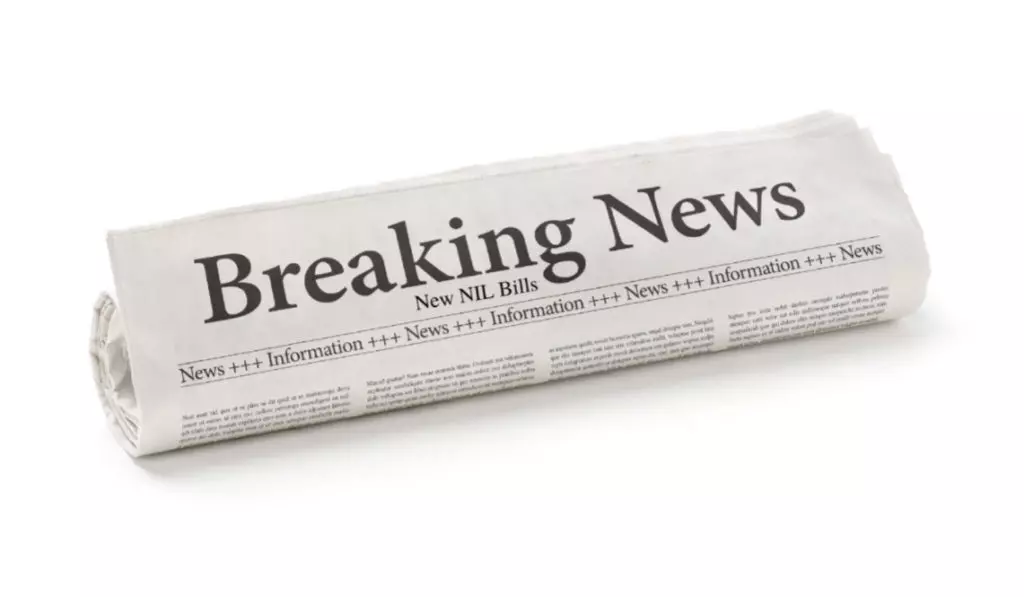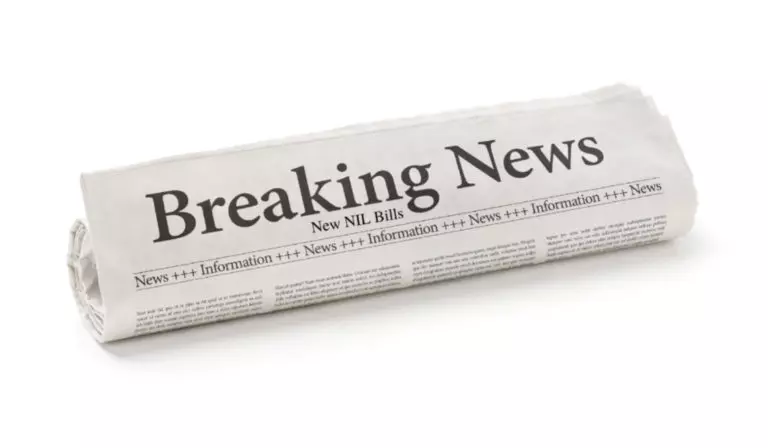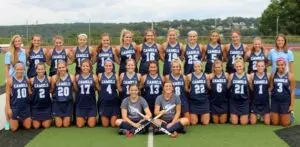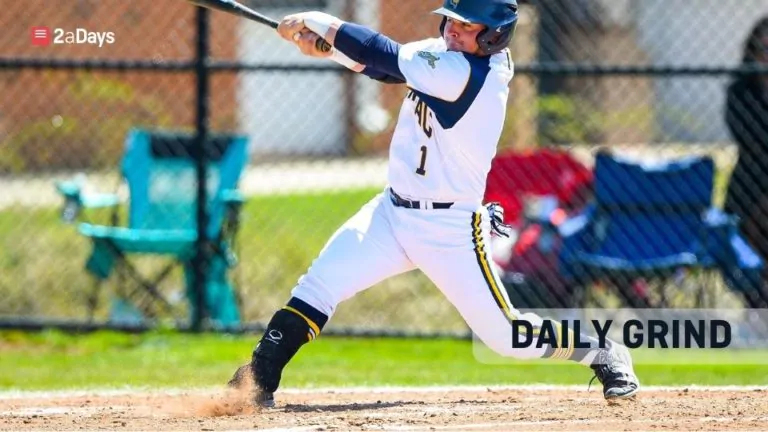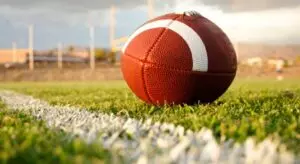July 1st is a key date for college athletes and stakeholders in college sports. Today, name, image, and likeness laws from Alabama, Connecticut, Florida, Georgia, Illinois, Kentucky, Mississippi, New Mexico, Ohio, Oregon, and Texas are set to go into effect, granting college athletes limited rights to their NILs for the first time in history. The NCAA isn't pleased with this “patchwork” of state legislation, so it's waived Bylaw 12 to allow all domestic athletes to profit from their NILs. But athletes in states with NIL laws will have to abide by them, which means they could be restricted in ways that athletes in non-NIL states are not. Let's take a look at Florida's NIL law, SB 646, which was the first law to include a July 1st effective date, and what it could mean for athletes in the very near future.
Although the Florida law was groundbreaking, college athletes might not actually be able to monetize their NILs on July 1st based on a few key factors. The following scenarios are speculative, but the text of SB-646 contains some loopholes that stakeholders might be able to exploit. For example, Florida's NIL law prohibits “postsecondary educational institutions from adopting or maintaining contracts, rules, regulations, standards, or other requirements that prevent or unduly restrict intercollegiate athletes from earning specified compensation,” which is great. However, it might not take into account coach/athlete power dynamics because of the text's emphasis on institutions. Under this law, it appears that Florida universities cannot interfere with athletes' monetization of their NILs, but whether or not coaches are extensions of these institutions is unclear (the bill's text doesn't include the word “coach” anywhere).
However, SB 646 does include the word “employee,” which would include coaches, but only in a certain context. For example, the aforementioned section of the text only refers to “institutions” when it discusses what types of pressures cannot be applied to athletes who want to earn money while competing. Later on, when agent representation is discussed, there's a delineation. There, the text prohibits “a postsecondary educational institution and other entities, institutions, and their employees from compensating intercollegiate athletes or prospective intercollegiate athletes for the use of their names, images, or likenesses,” and very clearly separates institutions (universities) from employees (coaches). The next few lines, which prohibit “a postsecondary educational institution from preventing or unduly restricting intercollegiate athletes from obtaining specified representation” then switches back to referencing institutions alone. Given that this text has passed through a state legislature, I find it hard to believe that the prohibition of employees from influencing NIL activity in one section, but not another, was a mistake or an oversight.
If I'm right and coaches are not considered extensions of athletic institutions, several scenarios could occur that might hamstring athletes' ability to monetize their NILs. First, although the Florida law rightfully prohibits “the revocation or reduction of certain aid as a result of intercollegiate athletes earning certain compensation or obtaining specified representation,” the bill doesn't prohibit coaches from benching athletes if they decide to earn money, or exerting other pressures discouraging them from doing so while honoring their scholarships. Similarly, although the law states that “compensation may not affect the intercollegiate athlete's grant-in-aid or athletic eligibility,” an athlete can stay eligible while being punished by a coach, either socially, or by using playing time and other athletic perks, like travel opportunities and gear, as leverage. This is somewhat of an extreme situation, but there are loopholes in the law that athletes need to be aware of that make the extent of institutional NIL control legally ambiguous and, therefore, challengeable in court for better or worse. Either way, it's important for athletes to understand where their coaches stand on NIL if they want to earn money this year.
SB 646 also doesn't appear to account for the NCAA when it comes to restrictions and regulations because of its emphasis on institutions rather than athletic associations (the term doesn't appear anywhere in the text). The law's text includes the word “entity” twice which could include the NCAA, but “entity” is only referred to where the text prohibits stakeholders affiliated with universities from compensating athletes directly. The only part of the text that that could refer to the NCAA is a section that reads “an intercollegiate athlete must have an equal opportunity to control and profit from the commercial use of her or his name, image, or likeness,” which might be referencing the NCAA indirectly as an entity that's not allowed to interfere with athletes' NIL activity. The problem here is that there's no comparative population, which begs the question: Will athletes “have an equal opportunity to control and profit from the commercial use of her or his name, image, or likeness” compared to non-athlete students? Or simply compared to other athletes? Considering that SB-646 doesn't apply equally to all college students, if athletes on a given team are all equally regulated by their coach or the NCAA, it's plausible that such regulations would be legal under SB 646.
There are also restrictions around how athletes are allowed to monetize their NILs. For instance, “An intercollegiate athlete may not enter into a contract for compensation for the use of her or his name, image, or likeness if a term of the contract conflicts with a term of the intercollegiate athlete's team contract.” Although a “team contract” generally refers to a university's sponsorship agreement, the text never specifically defines the term. It's possible that a “team contract” could also be interpreted as a set of team rules if these rules are contractual by nature (e.g. a signed agreement to abide by team rules), which is problematic—team rules aren't regulated by the NCAA, so coaches, within reason, can essentially write whatever they want. And because SB 646 doesn't include employees (coaches) when it prohibits undue regulation of athlete NILs, team rules could potentially come into play here in restrictive ways. Even if “team contract” is interpreted in the traditional sense, it is still restrictive and college athletes will have to be careful that they're not breaking any laws with their NIL activity. Finally, the legal impact of state NIL bills with restrictions like SB-646 could also unintentionally deter athletes from monetizing their NILs because if they violate these terms, they're not simply violating NCAA policies—they're breaking state laws. This reality also complicates the now-legally-binding nature of team contracts for college athletes who are minors which coaches, athletes, and parents will have to be aware of moving forward.
SB-646 is not the only state-level law with loopholes and restrictions, but it provides a great example of how well-intended laws are not necessarily as air-tight as athletes would like them to be. And unfortunately, it's up to athletes and parents in NIL-friendly states to read through these texts carefully and be in communication with their athletic departments to make sure they're in check. Athletes can also follow 2aDays to stay up-to-date.
Katie Lever isn't a lawyer (so her articles don't constitute legal advice), but she is a former Division 1 athlete and a current doctoral candidate at the University of Texas who studies (and tweets about) NCAA discourse. Follow her to keep up with the NCAA on Twitter and Instagram: @LeverFever.
Julie Sommer is a lawyer/former D1 national champion swimmer who provided valuable legal advice on the current NIL landscape for this article. She's also keeping track of the status of state-level NIL laws in her free online database. Follow her on Twitter: @JulieRSommer
* Originally published on July 1, 2021, by Katie Lever, Ph. D
